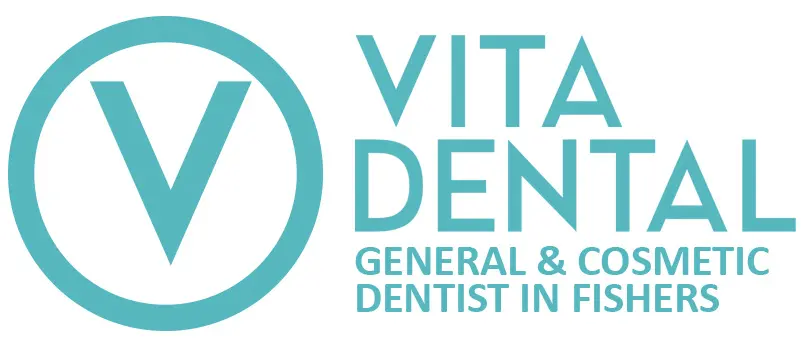UnitedHealthcare’s dental insurance plans are designed to make dental care more predictable and affordable—especially when it comes to preventive services and essential procedures. These plans don’t just pay your dental bills outright. Instead, they work by spreading costs across monthly premiums and offering negotiated rates through a network of dentists. The specific plan you choose affects how those costs are divided and which treatments are included.
Two Plan Types, Two Levels of Flexibility
Most UnitedHealthcare (UHC) dental plans fall into one of two categories: PPO or HMO.
- PPO plans give you the flexibility to visit any licensed dentist, though you’ll save more when you stick with in-network providers. These plans often include deductibles and annual maximums, meaning you’ll pay a certain amount out-of-pocket before coverage kicks in—and coverage itself has a yearly cap.
- HMO plans require you to choose a primary dentist within a narrower network and usually come with set copays instead of deductibles. While they offer less flexibility, they tend to be more budget-friendly and predictable.
For individuals buying insurance directly—not through an employer—the PPO model is more common.
Prevention Comes First
One of the main features of UHC dental plans is full coverage for preventive care, which typically includes:
- Two cleanings per year
- Routine dental exams
- Standard X-rays
These services are often covered at 100% when you use an in-network provider, and they’re often exempt from the deductible. That structure encourages regular visits and early detection, which can head off more expensive procedures later on.
Cost-Sharing for Basic and Major Services
When treatment goes beyond prevention, UnitedHealthcare moves into cost-sharing mode. That’s where deductibles and coinsurance come into play. Once you meet your deductible—often between $50 and $100 per person—your plan begins to cover a percentage of the treatment cost:
- Basic services like fillings or simple extractions may be covered at 60% to 80%
- Major services such as crowns, root canals, or bridges are often reimbursed at a lower rate, typically around 50%
It’s worth noting that most plans also impose an annual benefit maximum. Once you hit that ceiling, you’re responsible for the full cost of any additional care until your plan resets the following year.
A Few Limits and Extras
Not all UHC dental plans include orthodontic benefits. When they do, they’re usually limited to dependent children and may come with a separate lifetime max. Cosmetic procedures like whitening or veneers are typically excluded—unless they’re deemed medically necessary.
Many plans also have waiting periods for major services. For example, you might need to be enrolled for six to twelve months before coverage for oral surgery or crowns becomes available.
UHC’s member portal makes it easier to plan ahead. You can find in-network dentists, check your coverage, review past claims, or estimate costs for upcoming procedures—all in one place. While that may seem like a small feature, it can make a big difference in avoiding surprise bills.
The Takeaway
UnitedHealthcare dental insurance emphasizes preventive care, cost-sharing for essential procedures, and access to a nationwide provider network. It’s most effective when you use in-network dentists and understand your plan’s deductible, coinsurance rates, and annual limits. For individuals and families looking for structured, predictable dental coverage, it’s a system that rewards proactive care and helps manage the expense of the unexpected.
UnitedHealthcare Copays, Deductibles, and Coinsurance Definitions
